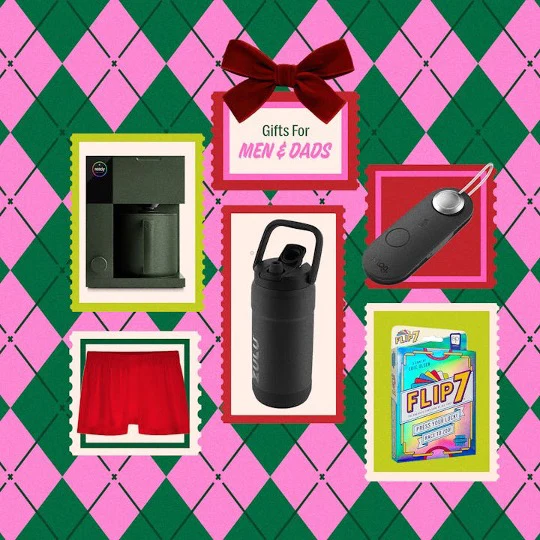

How to Purify Water on the Trail
No one likes getting belly troubles from drinking dirty water. Ward them off with these simple strategies.
If you’re looking to venture out on your first overnight or just want to tackle longer dayhikes without worrying about staying hydrated, you need to figure out what type of water purification is right for you. Clean drinking water is one of the ten essentials, meaning you should always have a plan for gathering and purifying it before hitting the trail. Many backpackers, especially experienced ones, will tell you to go ahead and just drink from the source. But while some wild water is safe to drink straight, even clear-looking streams, lakes, and rivers can contain bacteria and illness-causing parasites such as giardia, especially in high-traffic areas There are a handful of different methods for killing germs and removing contaminants from water: filters and purifiers, chemical treatments, boiling, and UV light. Read on to understand each method and determine which is best for you.
Filters
Filters work by straining water through a very fine porous material that removes bacteria and protozoa. They come in a number of different forms, from pumps, gravity filters, squeeze filters, or integrated bottles. Pumps are long-lasting, cleanable, and convenient for quickly filling a bottle. Gravity filters work great for larger groups, and require almost no effort on your part. Squeeze filters are popular with thru-hikers, and can attach directly to a water bottle, bladder, or pouch for instantly drinkable water. Filters can last years—some can clean up to 1,500 liters of water—but beware: Ice can destroy a filter, so take car in subfreezing temperatures.
Pros
- Removes harmful bacteria and protozoa
- Removes sediment and grit from your drinking water
- No chemical aftertaste
- Long-lasting
- Great for hiking in North America
Cons
- Require some maintenance over time to clean filter
- Can take time to pump or filter water
- Does not remove viruses; less suitable for international travel
- Can be bulkier and heavy than other filtration options
Continue reading about different water purification methods while on trail written by Zoe Gates.
From the Squad
Campfire conversations with our community, from Squad Members and Ambassadors to Brand Partners and the Sawyer team.

















